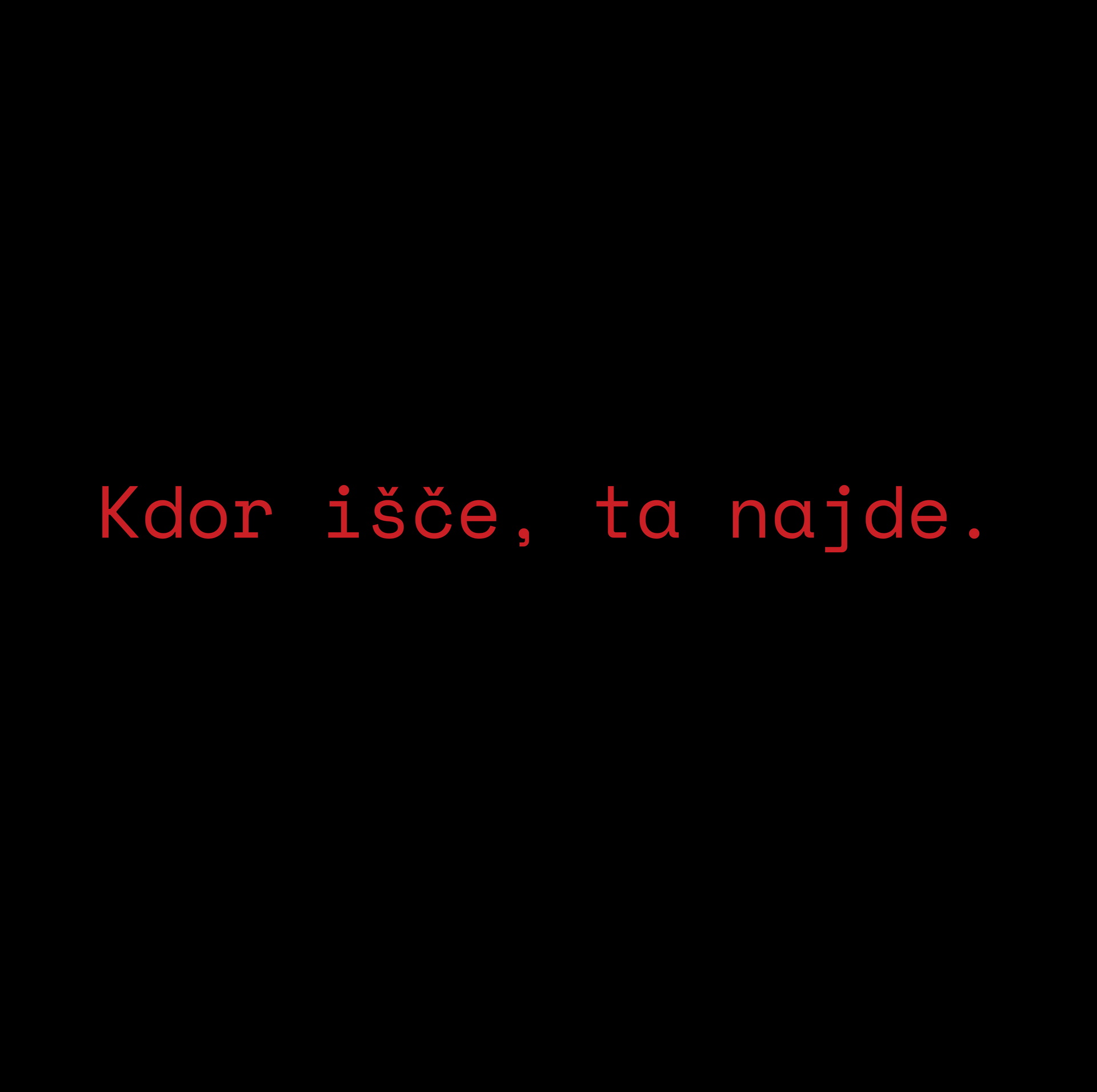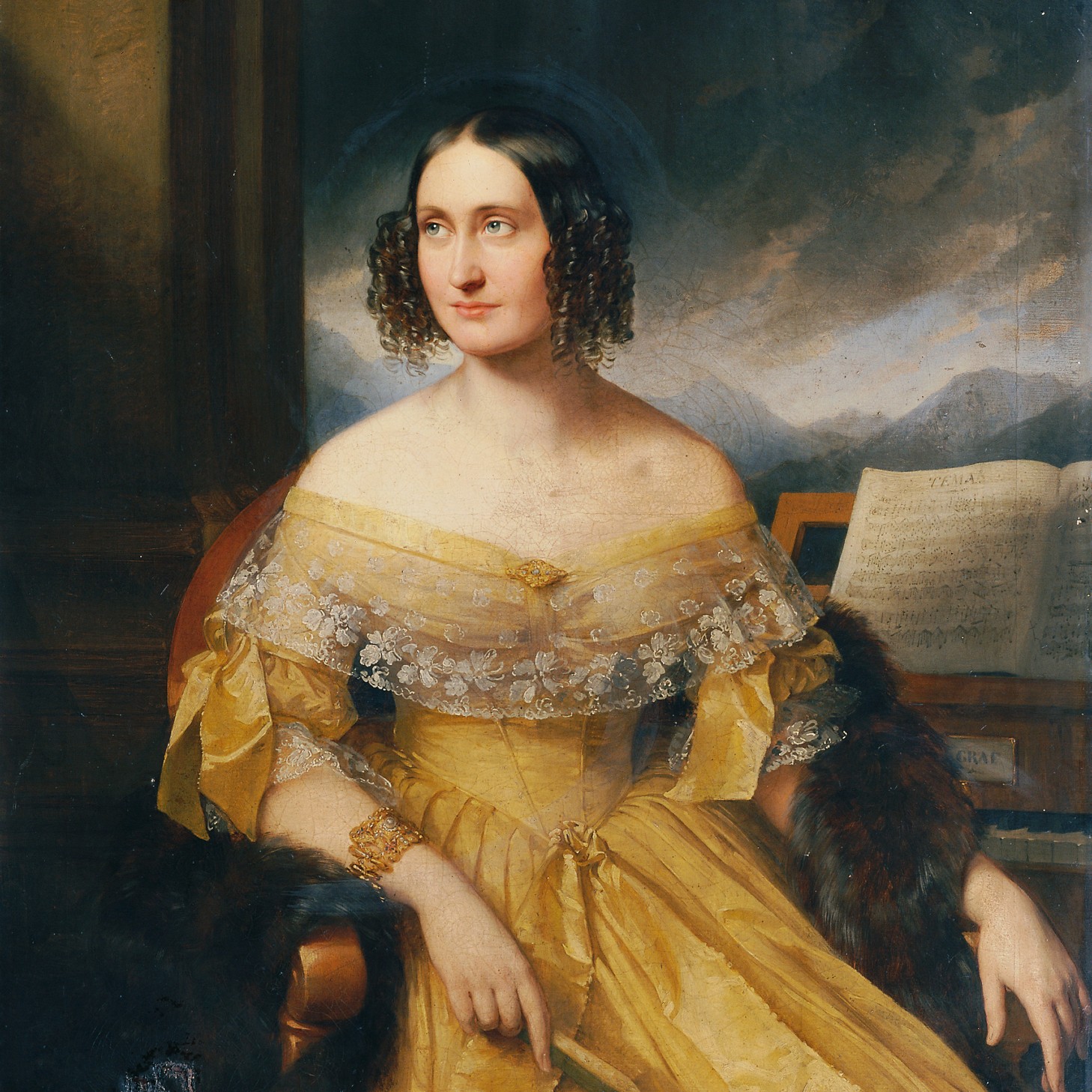July 2020 marked the hundredth anniversary of the fire at the Slovenian Cultural Centre in Trieste also known as the National Hall (Narodni dom). The event, because of its dramatic quality and consequences, is well-known in Slovenia, and has (once again) become the subject of heated debate. In the month of July, it was possible to read many things about the Trieste National Hall in the Slovenian media, and the writers all agreed about the most important elements of the incident including its cause and the order in which events unfolded on July 13, 1920. The problem is that we read very many different interpretations of the same incident in accounts from beyond our western border. The actual fire begins to be lost between new (and newer) interpretations and reinterpretations, and the abundance of contradictory information. Not only the event itself, but also its meaning in the wider historical context, becomes indistinct. This is counterproductive. Of course, it is good to have many sources available when considering the fire, sources from which we can compose a complete picture. But when these sources arise from specific (and differing) motives, they are useful for the analysis of discourses but considerably less so in the search for historical truth.
But let's take a step back. It has become questionable whether the concept of historical truth really exists. Historians in the nineteenth century idealistically believed that it was possible to extract a refined truth from the careful study of historical sources. This belief was best expressed by Leopold von Ranke with his demand to write about history as it actually happened. During the twentieth century, this thesis was turned on its head as it was realized that historical sources do not contain the raw truth, that their authors could be mistaken, lie, or omit important parts of the story. Coincidentally preserved or accessible fragments can never capture the whole truth or represent it with absolute objectivity. At this point, a lot of people will give a dismissive wave and conclude that history is an inexact science that can never adequately illuminate past events and almost always functions in service to politics, capital, or something else. Any appeal or defence of historians, that historiography also encompasses the criticism of sources, critical thinking, and other academic approaches, falls on deaf ears. This sort of attitude creates the impression that historians from Ranke on have essentially arrived at a postmodern "anything goes" moment. But this is to skate on very thin ice. No statement about the past absolutely and completely captures the historical truth as such, but some statements about the past are significantly better descriptions than other statements. In other words, all statements about the past are not equal.
The case of the fire at the Slovenian National Hall in Trieste belongs among those historical events where determining the truth is particularly complicated, because there are at least two main lines of interpretation (with many subgroups): Slovenian and Italian. A comparison of Slovenian and Italian historical sources that include accounts of the fire are surprising in how different they are, there being no consensus even on the most basic facts such as the time of certain events, and this is before we even touch on more controversial elements. Be that as it may, the century that passed since that day enables us to look at the fire from a distance. And what does this distance reveal? If we are not fervent Italian nationalists, we can agree that the fire was the work of Fascist squads (members of violent paramilitary units), which, under the leadership of Mussolini's emissary Francesco Giunta, fanned the flames of interethnic violence in the already charged city of Trieste that was under Italian occupation after the end of World War One. If the authorities did not actively participate in the fire at the National Hall, they turned a blind eye to it, because supporting the Slovenian minority (and other Slavic minorities) was not in their interest. As far as I know, there exists no serious, verified evidence that would suggest that Slovenians acted as aggressors on the night of the fire.
Let us examine the outline of history and the fire at the Slovenian National Hall through the dual interpretations that have emerged around this event. The Slovenian presence in Trieste, a city that had been part of the Austrian empire for the previous five hundred years and had become over the centuries its most important port, had a long tradition. Although the Slovenian population lived mostly on the outskirts of Trieste and in the hinterland, its members nevertheless wanted to have a presence in the city in a representative building that would join under one roof all of the most important Slovenian institutions (which is why, not long ago, a comparison was made between the National Hall and a contemporary multiplex). This effort was not simple. The Trieste Savings and Loan Bank, the main economic establishment for Triestine Slovenians, was located on Vojaški trg (later renamed Oberdank trg) in the city centre, and the price of the plot had been quite high. The construction of the building itself, which began in 1902 and lasted until 1904, was also not cheap. Renowned architect Maks Fabiani created a design for the building without charging a fee. He designed the monumental palace with an expansive lobby and a façade with a rhomboid terracotta pattern that would become the symbol of the building. In order not to upset the Italian residents, there was no grand ceremonial opening of the building, but rather a series of small events. The tension between the Triestine Italians on one side and Slovenians and Croatians on the other side was considerable during this period. Because of Italian dominance in the municipal and provincial administration, Slovenians had to do without the Slovenian language in school and government offices. In this context, the National Hall was the Slovenian community's greatest accomplishment because it succeeded in establishing a presence in a great palace in one of the city's most central squares.
The lively activities in the National Hall included those of a range of associations, the Hotel Balkan, a theatre, café, restaurant, the Trieste Savings and Loan Bank, the headquarter of the Sokol scouts, the editorial office of the newspaper Edinost [Unity]. There were also residential apartments in the building. But most of the activities in the building were interrupted with World War One when Trieste lost its function as an important commercial and port city. By the end of the war, the Austrian empire, of which Trieste had been a part for centuries, no longer existed. On November 3, 1918, the Italian army sailed into Trieste and occupied the city in the name of the Italian king (despite other plans by the allied authorities). The tortuous process of defining the border between Italy and the newly-emerged Kingdom of Serbs, Croats, and Slovenes began. Because of the complexity of the situation, the border question had not been resolved during the Paris Peace Accords at the end of the war. Ethnically-mixed Trieste became the site of open intolerance and attacks, as the Italians categorically demanded that the city (and, in accordance with the London Agreement of 1915, also the western third of what is now Slovenia, including Istria) belonged to them, and that Slavs were no longer desired in Italian Trieste. The National Hall became the scene of several minor conflicts, attacks, and provocations. The intolerance ultimately acquired organized form with the rise of Fascism, a movement founded in 1919 in Milan by Benito Mussolini, that emerged from the dissatisfaction of young World War One veterans, disappointed by the neglect and ingratitude of the Italian state. Because of its Slavic population, Trieste was fertile ground for the flourishing of this kind of ideology, and also got an added boost in the form of the previously mentioned lawyer from Tuscany, Franceso Giunta, who played a role in organizing Trieste's Fascist cell and supporting its activities. His efforts would have great success on the fateful night of July 13, 1920.
Two days before, on July 11, an incident took place in Split between Italian sailors and Yugoslavs. In this instance, there is also a lack of consensus about exactly what happened. We can gather that the incident, however it occurred, resulted in the loss of three lives, among them Captain Tommaso Gulli of the protected cruiser Puglia. This offered up an excuse for Fascist revenge against the Slavs who had spilled Italian blood. Notices in the Triestine newspapers (the two main Triestine papers, Il Piccolo and L'Era Nuova, were important allies to the Fascist squads operating there) called an assembly on July 13 in the Dante Hall that later moved onto the Piazza della Unita, the main Triestine square in front of city hall. Four speakers addressed the crowd from the Fountain of Four Continents, among them Giunta, who incited them against the Yugoslavs, calling for revenge for Gulli's death. During the speeches, a number of incidents occurred in the crowd, including the beatings of several individuals who had been identified as Slovenian (although, according to reports, some of those who were beaten were Italians that in the heat of hatred were mistaken for Slovenians, for example, one man who was speaking Italian with a Calabrian dialect). It is not known exactly how many people were attacked in the square, but it is known that the first victim of the evening died there, a seventeen-year old cook named Giovanni Nini who was stabbed by unknown assailants. There was much speculation later in the press about who killed Nini and why. Today the most accepted explanation is that the unfortunate fellow was in the wrong place at the wrong time and the Fascists randomly picked him as a victim in order to further enflame the emotions of the crowd.
Nini's death certainly acted as a trigger. The crowd began to scream "Al Balkan" and headed in the direction of the Slovenian National Hall. On the way there, they vandalized the Yugoslav consulate, although Il Piccolo would later report that the crowd moved through the city in silence and dignity without any sort of looting. When the crowd came to Oberdank trg where the locked National Hall was guarded by Italian soldiers, one or two explosions were heard in a side street along with gunfire. The interpretations of these events in the Italian and Slovenian literature are diametrically opposed. Slovenian sources claim that the explosions were firecrackers thrown from a neighbouring military building, and that they were a sign to the crowd to launch an attack on the National Hall. Italian newspapers reported that they were bombs and that the gunfire came from the windows of the hotel located in the National Hall as well as from the roof, and crucially that the perpetrators were Slovenians. This resonated with a popular theory at that time that the National Hall held a hidden arms depot. Similarly, according to the Italian newspaper, an officer named Luigi Casciana, died as a result of these bombs, but the Slovenian press noted that, accorded to early reports, he had already been stabbed in the Piazza della Unita. Only later did the Italian press place Casciana closer to the National Hall in order to plant suspicions about a supposed Slovenian attack on peaceful demonstrators. One version exists that is a synthesis of these two contradictory versions and probably the most accurate one: the Fascists shot from the National Hall where they had taken a room in the hotel, bringing munitions with them, and this is how the "Slovenian" attack on demonstrators was staged.
Because of the shots from the window, soldiers turned toward the National Hall and began to fire on it. This lasted approximately twenty minutes. The hotel guests, residents of apartments, and others were trapped in the National Hall. The Fascists broke into the building, pouring gasoline around and starting a fire which quickly spread. The people inside the National Hall fled from the flames anyway they could, some running across the glass roof of the theatrical hall in the courtyard of the building. The fire blocked the egress of hotel guest Hugo Roblek, a pharmacist from Radovljica, as well as his wife Pavla. After begging the crowd to help them, a number of people spread open a sheet to serve as a trampoline and the couple jumped from the building. Pavla landed in the outspread sheet and survived, despite serious injuries to her head. Her husband missed the sheet, breaking his neck in the fall, and died at the scene. He was the third and last victim of the events that took place that evening. When firefighters arrived, members of the Fascist squads prevented them from extinguishing the flames, even sabotaging their efforts by slicing through the hoses. In the end, they only allowed the firefighters to spray water on the neighbouring buildings so it would not spread. This provided an opportunity for the panicked people trapped in the National Hall to save themselves from a desperate situation. They escaped the building but were subject to the violence of the crowd or were arrested by the police. The destruction continued throughout the night, with virtually all Yugoslav establishments in Trieste being destroyed. The following morning it was clear that only the blackened façade of the Slovenian National Hall had survived. Everything inside was gone.
The fate of the National Hall foretold the future of Slovenians under Italy. The Rapallo Agreement was signed less than four months later, which defined the new Italian-Yugoslav border in a way that was exceptionally unfavourable to the Kingdom of Serbs, Croats, and Slovenes. In 1922, violence against Croatians and Slovenians was legalized when the Fascists came to power. Although this year we are marking the centennial of the arson in the National Hall in Trieste, it seems that we only understand the incident as an overture to later events. In many presentations where the fire should have been the main focus, from Majda Širca's documentary film Požig [Conflagration] to many public presentations about the National Hall (for example, the presentation of Marij Čuk's Črni obroč [Black Ring] and a lecture at the Museum of Slovenian Liberation), more attention was dedicated to subsequent Fascist crimes, the foibe, and contemporary Slovenian-Italian relations than to the National Hall itself. This is not an entirely erroneous approach, but it would make more sense on the centennial of the event to look at the underlying reasons for the fire because these would define the entire century to come.
Translated by Erica J. Debeljak















